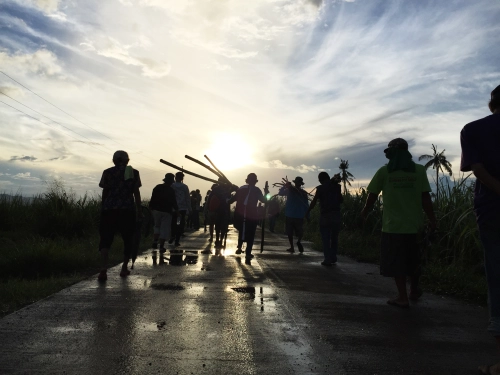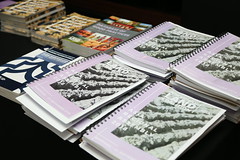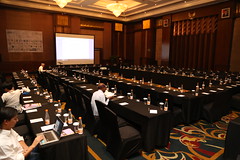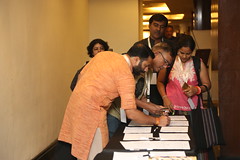SOURCE: Asian Development Blog
By: Dagmar Zwebe
Two years into an ADB technical assistance project funded by the Nordic Development Fund for women to benefit from climate change mitigation efforts in Cambodia, Lao People’s Democratic Republic and Viet Nam, the importance of gender sensitization becomes clearer by the day. Below are three reasons why.
1. There’s a big knowledge gap
While climate change specialists are experts at quantifying impacts, identifying adaptation and mitigation opportunities, and championing strategies to address mitigation challenges, they are not fully aware of how to reach men and women equally with those strategies. Their exposure to the importance of gender equality has unfortunately been limited, so it is often not a matter of unwillingness, but of not fully understanding the opportunity of including half of the population so economic growth and poverty reduction can move ahead as fast as it can.
In some cases there is fear of change. During a recent high-level climate change meeting, the chairman expressed his fear that if women were “too empowered” family life would go out of balance and local culture would be disrupted, a situation he did not wish upon his country. On the other hand, women’s agencies can tell you all about the current situation of women in their country, women’s livelihoods and their roles in households and society. These agencies can detail gender imbalances, the impacts on communities, and how they have developed gender strategies and action plans to make a difference and try to lift women out of poverty. However when analyzing these strategies, it’s clear that climate change is not yet high on the agenda for women’s agencies, even if women possess extraordinary potential to contribute to climate change mitigation and natural resources management.
We are aiming to not only bring climate and gender specialists together, but also facilitate real interaction to close the gap. Just sitting at each other’s tables talking about our own interests is not going to make a difference; the goal is to understand each other’s language and goals, and create a common vision. Without showing both sides we fail to notice the difference gender-responsive mitigation initiatives can make for each of their causes. An example of this is the value chain for improved cook stoves that involves women and men as suppliers, producers, sellers and end-users so policy-makers can clearly see the social and economic benefits of gender inclusiveness.
2. Timing is everything
When working with governments on a policy/strategy/planning level, it’s important to understand the review and renewal cycles that determine the schedule for decision-making and possible intervention. Since these cycles are typically quite long (5-10 years) we must identify possible entry points that fit with project timeframes to get traction and have real opportunities to propose the integration of new approaches. Examples of this are Cambodia’s 2016-2020 Gender Mainstreaming Policy and Strategic Framework, which did not initially address climate change but now includes a range of climate-related issues and indicators.
3. Money talks
Partners countries continue to be strapped for cash and need to make difficult choices on how to spend available funds, so raising gender equality coupled with climate change higher on the agenda remains challenging. During the project, policy-makers confirmed that having available funds would make a difference. This is a task not only for national governments, but also for the whole development community. Gender inclusion should be a prerequisite to obtain climate financing in all forms and shapes, and the organizations such as the Green Climate Fund, the Climate Investment Funds or the Global Environment Facility have all taken this step. If not, half of the world’s population will benefit less—or not at all—from climate change mitigation initiatives that inadvertently widen the inequality gap.












